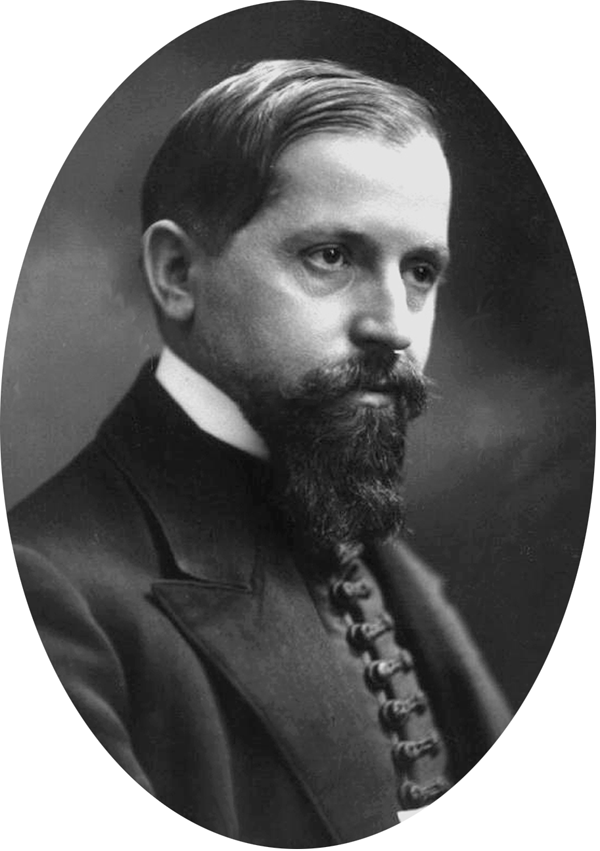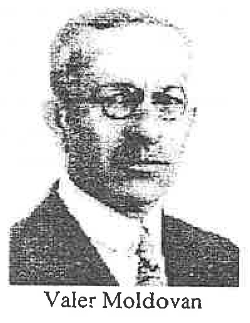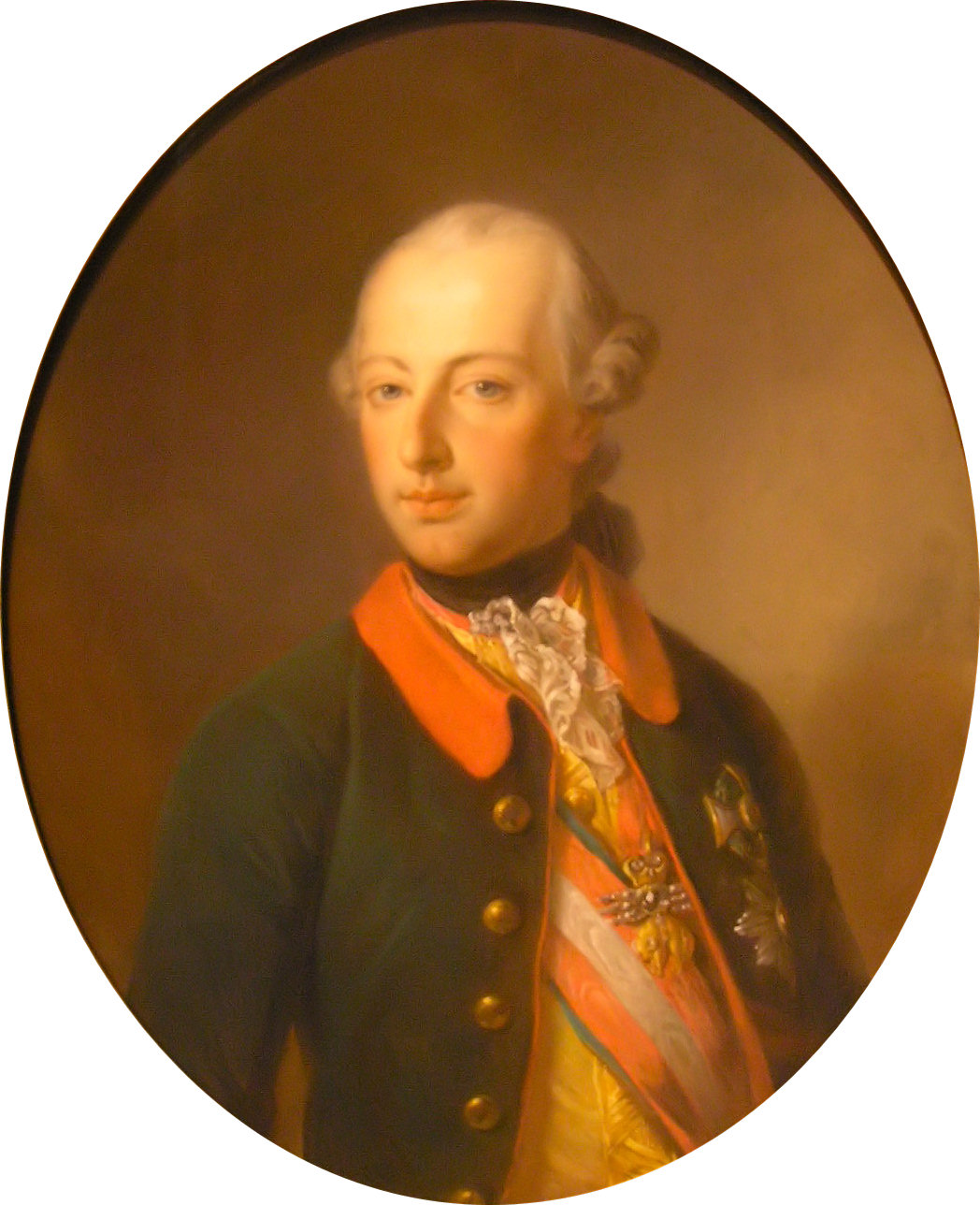|
Câmpeni
Câmpeni (German: ''Topesdorf''; Hungarian: ''Topánfalva'') is a town in Alba County, Transylvania, Romania. The town administers 21 villages: Boncești, Borlești, Botești (''Botesbánya''), Certege (''Csertés''), Coasta Vâscului, Dănduț, Dealu Bistrii, Dealu Capsei, Dric, Fața Abrudului, Florești, Furduiești, Mihoești, Motorăști, Peste Valea Bistrii, Poduri, Sorlița, Tomușești, Valea Bistrii, Valea Caselor, and Vârși (''Virs''). History The town has historical significance as the capital of the "Țara Moților" region. It is believed to be the site where the Revolt of Horea, Cloșca and Crișan (1784–1785) started. Horea was born near Câmpeni in the village that used to be called Arada (since renamed to Horea). His cellar is a tourist attraction in the town. During the Transylvanian revolution of 1848, Câmpeni was the political and military stronghold of Avram Iancu, a revolutionary leader of the Transylvanian Romanians' national movement. The Avram Ian ... [...More Info...] [...Related Items...] OR: [Wikipedia] [Google] [Baidu] |
Avram Iancu
Avram Iancu (; hu, Janku Ábrahám; 1824 – September 10, 1872) was a Transylvanian Romanian lawyer who played an important role in the local chapter of the Austrian Empire Revolutions of 1848–1849. He was especially active in the Țara Moților region and the Apuseni Mountains. The rallying of peasants around him, as well as the allegiance he paid to the Habsburg monarchy, earned him the moniker ''Crăișorul Munților'' ("The Prince of the Mountains").Ion Ranca, Valeriu Nițu, ''Avram Iancu: documente și bibliografie'', Bucharest, Editura Științifică, 1974 (most contemporary documents about Avram Iancu, including his report to Wohlgemuth) He was among the organizers of the 1848–1849 massacres in Transylvania during which 14,000 to 15,000, mostly Hungarian people were massacred.Egyed Ákos: Erdély 1848–1849 (Transylvania in 1848–1849). Pallas Akadémia Könyvkiadó, Csíkszereda 2010. p. 517 (Hungarian)"Végeredményben úgy látjuk, hogy a háborúskodások sor� ... [...More Info...] [...Related Items...] OR: [Wikipedia] [Google] [Baidu] |
Valerian Trifa
Valerian Trifa (; secular name Viorel Donise Trifa ; June 28, 1914 – January 28, 1987) was a Romanian Orthodox cleric and fascist political activist, who served as archbishop of the Romanian Orthodox Church in America and Canada. For part of his life, he was a naturalized citizen of the United States, until he was stripped of his American citizenship for lying about his involvement in the murder of hundreds of Jews during the Holocaust and World War II. A prominent affiliate of the Iron Guard, a Romanian fascist organization also known as ''the Legionnaire Movement'', Trifa played a part in provoking the Legionnaires' Rebellion of 1941. His antisemitic discourse was suspected of helping instigate the parallel pogrom against the Jewish community in Bucharest. After being singled out as a rebel by Ion Antonescu, Romania's ''Conducător'' and a competitor of the Iron Guard, he spent the final years of World War II in Nazi Germany, as a detainee with privileged status. Trifa subsequ ... [...More Info...] [...Related Items...] OR: [Wikipedia] [Google] [Baidu] |
Iosif Trifa
Iosif Trifa (3 March 1888 – 12 February 1938) was a Romanian Orthodox priest and evangelist. He founded "Oastea Domnului" ("The Lord's Army"). He was also the uncle of Valerian Trifa. Trifa placed on the 100 greatest Romanians list. Life Iosif Trifa was born in the family of Dimitrie and Ana Trifa, from the village Certege, Torda-Aranyos County (now Câmpeni, Alba County, Romania). He was the 4th son of a total of 6. He was baptised on 6 March 1888. When he was 7 years old, in 1895, he started elementary school in his village, and in 1900 started gymnasium in Beiuș. Later on, he studied theology in Sibiu. In 1910 he was named a confessional teacher in the town of Vidra de Sus, which is now the town of Avram Iancu, Alba, named after the Transylvanian Romanian national hero. In 1911 he married Iuliana Iancu, niece to the hero Avram Iancu. In the same year he was made priest in Vidra. In 1912 his first child, a girl, Olimpia, was born, but she died the following year. In 1 ... [...More Info...] [...Related Items...] OR: [Wikipedia] [Google] [Baidu] |
Rubin Patiția
Rubin Patiția (–June 13, 1918) was an Austro-Hungarian ethnic Romanian lawyer and political activist. A native of the Transylvania region, he trained as a lawyer, settling in Alba Iulia in the 1870s and using his position to advance the local Romanian community. Patiția achieved prominence as a signatory of the Transylvanian Memorandum in 1892, an act that eventually led Patiția to spend time in prison. Soon after 1900, he began to withdraw from politics, dying near the close of World War I, shortly before the union of Transylvania with Romania. Biography Origins and education Born in Câmpeni, Alba County, in the Țara Moților region of Transylvania, Patiția's father Ioan was a Romanian Orthodox priest, and his younger sister went on to marry a priest.Bologa, p. 360 In the spring of 1848, in the family home, Patiția met Avram Iancu, who had arrived to discuss participation by the ''moți'' in the upcoming Blaj Assembly. The ensuing Transylvanian Revolution of 1848 deep ... [...More Info...] [...Related Items...] OR: [Wikipedia] [Google] [Baidu] |
Valeriu Moldovan
Valeriu A. Moldovan (August 5, 1875—July 19, 1954) was an Austro-Hungarian-born Romanian lawyer and politician. A native of Câmpeni in Transylvania's Alba County, his parents were the lawyer Anania Moldovan and Ludovica (''née'' Stwertecky); the family was Romanian Orthodox. The Political Elite from Transylvania (1867-1918) project site He attended primary school in , followed by gymnasium in |
Țara Moților
Țara Moților (german: Motzenland), also known as ''Țara de Piatră'' ("The Stone Land") is an ethnogeographical region of Romania in the Apuseni Mountains, on the upper basin of the Arieș and Crișul Alb River rivers. It covers parts of the Alba, Arad, Bihor, Cluj, and Hunedoara counties of Romania and a section of it forms the Apuseni Natural Park. Țara Moților's inhabitants are known as "''moți''" (german: Motzen, hu, mócok). Some scholars consider the 'moți' as descendants of the Celts, because of their blonde hair and blue eyes, elements more frequent here than among other Romanians; however, the hypothesis is not accepted by mainstream historians due to its lack of consistency. Other scholars believe that they are the descendants of Slavs, for the same very reasons, or of the Alans. Yet another group of scholars consider them the descendants of Germanic tribes (the Gepids). Due to their blonde hair and blue eyes, so far seventeen theories regarding their origins ... [...More Info...] [...Related Items...] OR: [Wikipedia] [Google] [Baidu] |
Revolt Of Horea, Cloșca And Crișan
The Revolt of Horea, Cloșca and Crișan (; 31 October – 14 December, 1784) began in the Metaliferi Mountains, Transylvania, but it soon spread throughout all Transylvania and the Apuseni Mountains. The leaders were Horea (Vasile Ursu Nicola, 1731–1785), Cloșca (, 1747–1785) and Crișan (, 1733–1785). Background The revolt was directly related to the poor conditions of feudal serfs in the Principality of Transylvania. Though Orthodox Romanians lacked political equality with Catholic subjects in Transylvania, the events were not necessarily motivated by religious or ethnic tensions, but by basic human rights. After Holy Roman Emperor Leopold I's incorporation of the principality into the Habsburg domains in 1691, the rights of the Hungarian, Székely, and Saxon nobles were preserved. The peasants however, still had no representation in politics. Especially the Romanian peasantry had no guarantees for their Orthodox church institutions, though they were tolerated. ... [...More Info...] [...Related Items...] OR: [Wikipedia] [Google] [Baidu] |
German Language
German ( ) is a West Germanic languages, West Germanic language mainly spoken in Central Europe. It is the most widely spoken and Official language, official or co-official language in Germany, Austria, Switzerland, Liechtenstein, and the Italy, Italian province of South Tyrol. It is also a co-official language of Luxembourg and German-speaking Community of Belgium, Belgium, as well as a national language in Namibia. Outside Germany, it is also spoken by German communities in France (Bas-Rhin), Czech Republic (North Bohemia), Poland (Upper Silesia), Slovakia (Bratislava Region), and Hungary (Sopron). German is most similar to other languages within the West Germanic language branch, including Afrikaans, Dutch language, Dutch, English language, English, the Frisian languages, Low German, Luxembourgish, Scots language, Scots, and Yiddish. It also contains close similarities in vocabulary to some languages in the North Germanic languages, North Germanic group, such as Danish lan ... [...More Info...] [...Related Items...] OR: [Wikipedia] [Google] [Baidu] |
Romanians
The Romanians ( ro, români, ; dated exonym ''Vlachs'') are a Romance languages, Romance-speaking ethnic group. Sharing a common Culture of Romania, Romanian culture and Cultural heritage, ancestry, and speaking the Romanian language, they live primarily in Romania and Moldova. The Demographic history of Romania#20 October 2011 census, 2011 Romanian census found that just under 89% of Romania's citizens identified themselves as ethnic Romanians. In one interpretation of the 1989 census results in Moldova, the majority of Moldovans were counted as ethnic Romanians.''Ethnic Groups Worldwide: A Ready Reference Handbook By'' David Levinson (author), David Levinson, Published 1998 – Greenwood Publishing Group.At the time of the 1989 census, Moldova's total population was 4,335,400. The largest nationality in the republic, ethnic Romanians, numbered 2,795,000 persons, accounting for 64.5 percent of the population. Source U.S. Library of Congress "however it is one interpreta ... [...More Info...] [...Related Items...] OR: [Wikipedia] [Google] [Baidu] |
Populated Places In Alba County
Population typically refers to the number of people in a single area, whether it be a city or town, region, country, continent, or the world. Governments typically quantify the size of the resident population within their jurisdiction using a census, a process of collecting, analysing, compiling, and publishing data regarding a population. Perspectives of various disciplines Social sciences In sociology and population geography, population refers to a group of human beings with some predefined criterion in common, such as location, race, ethnicity, nationality, or religion. Demography is a social science which entails the statistical study of populations. Ecology In ecology, a population is a group of organisms of the same species who inhabit the same particular geographical area and are capable of interbreeding. The area of a sexual population is the area where inter-breeding is possible between any pair within the area and more probable than cross-breeding with in ... [...More Info...] [...Related Items...] OR: [Wikipedia] [Google] [Baidu] |
Hungarians
Hungarians, also known as Magyars ( ; hu, magyarok ), are a nation and ethnic group native to Hungary () and historical Hungarian lands who share a common culture, history, ancestry, and language. The Hungarian language belongs to the Uralic language family. There are an estimated 15 million ethnic Hungarians and their descendants worldwide, of whom 9.6 million live in today's Hungary. About 2–3 million Hungarians live in areas that were part of the Kingdom of Hungary before the Treaty of Trianon in 1920 and are now parts of Hungary's seven neighbouring countries, Slovakia, Ukraine, Romania, Serbia, Croatia, Slovenia, and Austria. Significant groups of people with Hungarian ancestry live in various other parts of the world, most of them in the United States, Canada, Germany, France, the United Kingdom, Chile, Brazil, Australia, and Argentina. Hungarians can be divided into several subgroups according to local linguistic and cultural characteristics; subgroups with distinc ... [...More Info...] [...Related Items...] OR: [Wikipedia] [Google] [Baidu] |
Romani People In Romania
Romani people (Roma; Romi, traditionally '' Țigani'', (often called "Gypsies" though this term is considered a slur) constitute one of Romania's largest minorities. According to the 2011 census, their number was 621.573 people or 3.3% of the total population, being the second-largest ethnic minority in Romania after Hungarians. There are different estimates about the size of the total population of people with Romani ancestry in Romania, varying from 4.6 per cent to over 10 percent of the population, because many people of Romani descent do not declare themselves Romani. For example, the Council of Europe estimates that approximately 1.85 million Roma live in Romania, a figure equivalent to 8.32% of the population. Origins The Romani people originate from northern India, presumably from the northwestern Indian regions such as Rajasthan and Punjab. The linguistic evidence has indisputably shown that roots of Romani language lie in India: the language has grammatical characteri ... [...More Info...] [...Related Items...] OR: [Wikipedia] [Google] [Baidu] |







